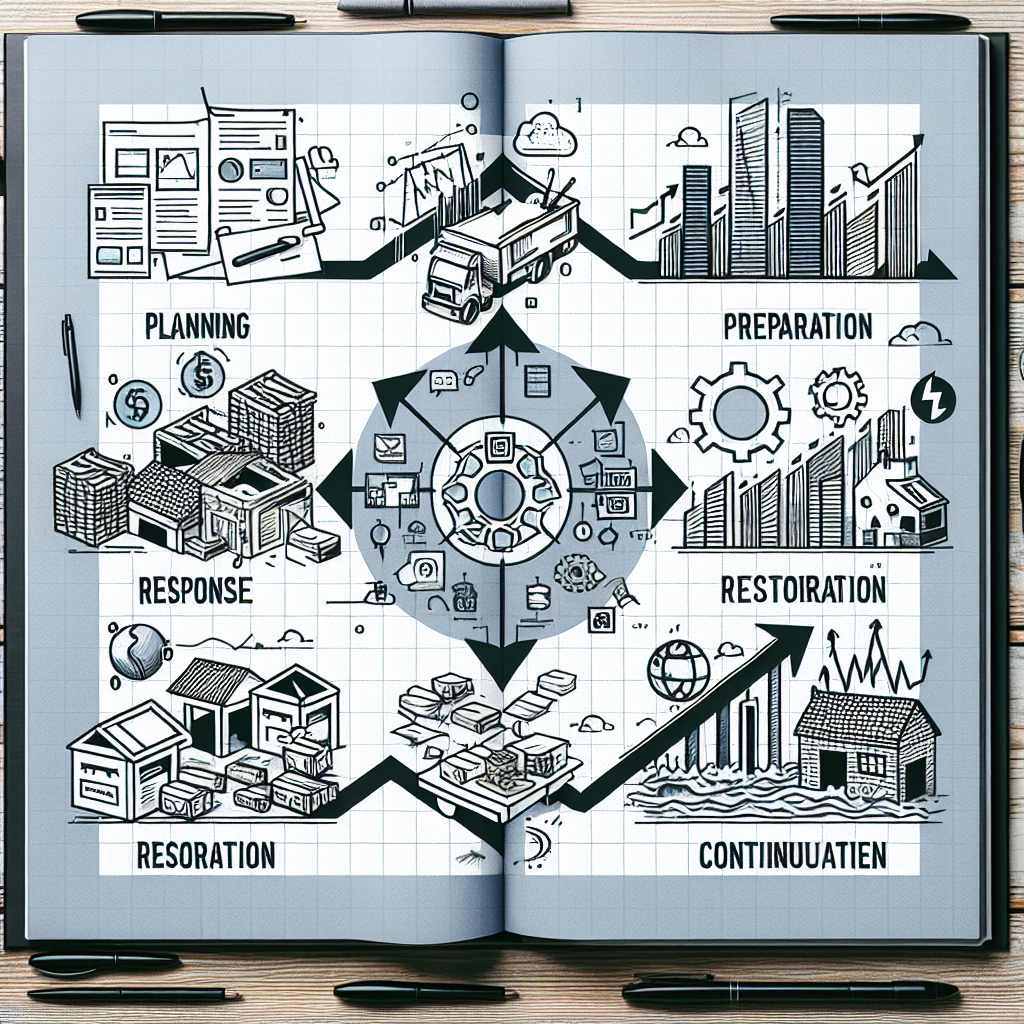Fix today. Protect forever.
Secure your devices with the #1 malware removal and protection software
Natural disasters, cyber attacks, and other unforeseen events can wreak havoc on businesses of all sizes. That’s why having a strong disaster recovery program in place is crucial to ensure the continuity of operations and minimize downtime in the event of a disaster. Here are five key steps to building a robust disaster recovery program:
1. Conduct a risk assessment: The first step in building a disaster recovery program is to identify potential risks and vulnerabilities that could impact your business. This includes natural disasters such as floods, hurricanes, and earthquakes, as well as cyber threats like ransomware attacks and data breaches. By conducting a thorough risk assessment, you can prioritize your resources and focus on mitigating the most critical risks.
2. Develop a comprehensive disaster recovery plan: Once you have identified the potential risks, it’s important to develop a detailed disaster recovery plan that outlines the steps to take in the event of a disaster. This plan should include procedures for data backup and recovery, communication protocols, and roles and responsibilities for key personnel. It’s essential to regularly review and update the plan to ensure it remains relevant and effective.
3. Implement backup and recovery solutions: Data is a critical asset for businesses, so it’s essential to have robust backup and recovery solutions in place. This could include cloud-based backup services, offsite data storage, and regular data backups to ensure that critical information is secure and accessible in the event of a disaster. Testing these backups regularly is also crucial to ensure that they can be restored quickly and effectively.
4. Establish a communication plan: Communication is key during a disaster, so it’s important to establish a clear and effective communication plan. This should include contact information for key personnel, emergency contacts, and stakeholders, as well as protocols for communicating with employees, customers, and vendors. Regular communication drills and exercises can help ensure that everyone knows their roles and responsibilities in the event of a disaster.
5. Train and educate employees: Employees are often the first line of defense in a disaster, so it’s essential to train and educate them on the company’s disaster recovery plan. This could include regular training sessions, tabletop exercises, and awareness campaigns to ensure that everyone understands their roles and responsibilities. By empowering employees to take action during a disaster, you can help minimize downtime and ensure the continuity of operations.
In conclusion, building a strong disaster recovery program is essential for businesses to mitigate risks and ensure continuity of operations in the event of a disaster. By following these five key steps, businesses can better prepare for unforeseen events and minimize the impact on their operations. Remember, it’s better to be proactive and prepared than to be caught off guard when disaster strikes.
Fix today. Protect forever.
Secure your devices with the #1 malware removal and protection software

Leave a Reply
You must be logged in to post a comment.